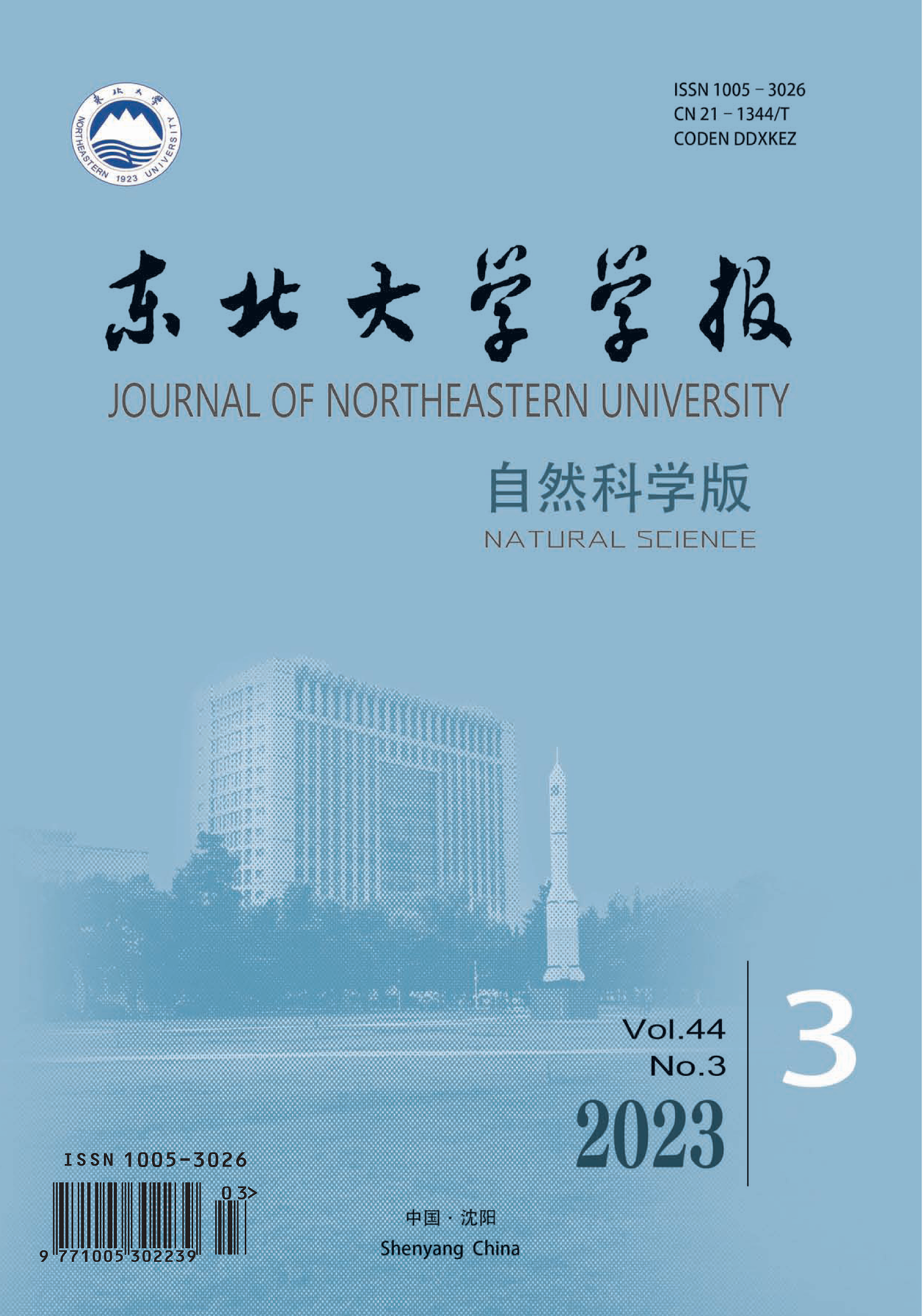|
|
Study on genesis of volcanic rocks from Zhangjiakou formation in Sijiazi basin of Chifeng
Peng, Yan-Dong (1); Xing, De-He (2); Bian, Xiong-Fei (2); Song, Wei-Min (2)
2011, 32 (8):
1190-1194.
DOI: -
According to the data obtained from 1:50000 regional geological survey carried out during recent years, the authors confirm the existence of the Zhangjiakou formation of Late Jurassic in the Sijiazi basin, Inner Mongolia. The Zhangjiakou formation can be divided into three subcycles, i. e., rhyolites, trachyte and trachyandesites. High-precise analysis of the major and trace elements shows that the volcanic rocks are characterized by relatively high SiO2, Al2O3, K2O and Na2O, and comparatively low MgO and TiO2 components. Rittmann index σ (in the range of 1.19 to 4.87) has the average value of 2.47, indicating that the rocks belong to high potassium calcium alkaline rock series. The volcanic rocks are obviously enriched in incompatible elements (K, Rb, Sr, Zr, Ba, Pb and Li), and depleted in compatible elements (Ti, Co, Ni, Cr and V). The REE content in the volcanic rocks is high. The distribution pattern is the right-incline. There is a slight low Eu and Ce negative abnormality. The REE characteristics show that the volcanic rocks were generated in the intraplate orogenic belt. The results of the comprehensive study on genesis and tectonic environment indicate that the volcanic rocks were mainly formed by the crust materials in a continental intraplate setting due to partial melting.
References |
Related Articles |
Metrics
|

